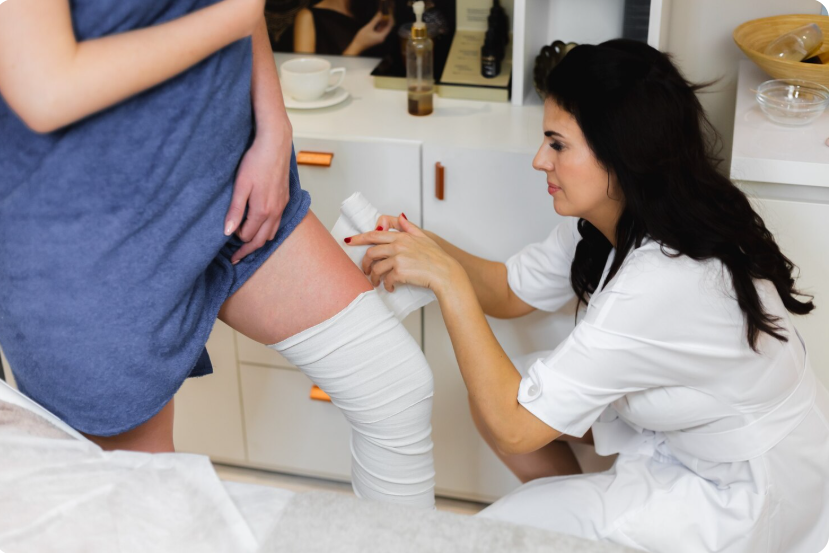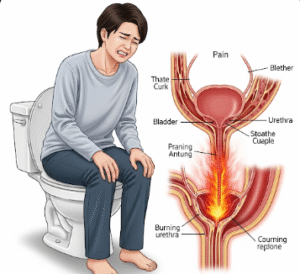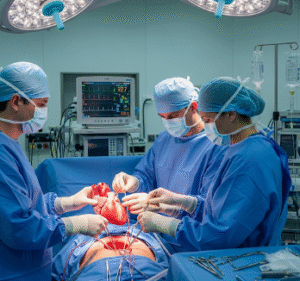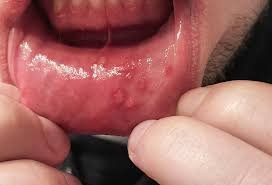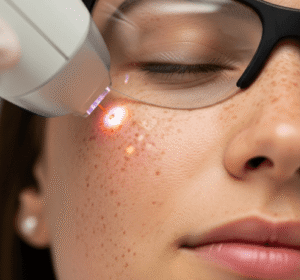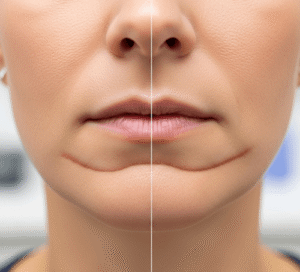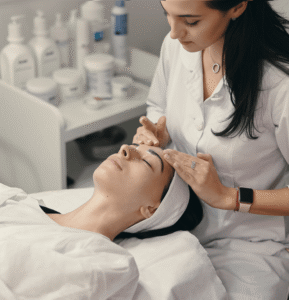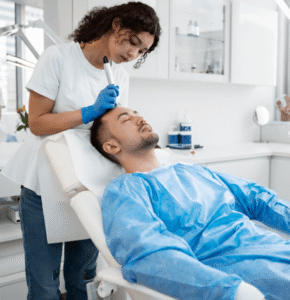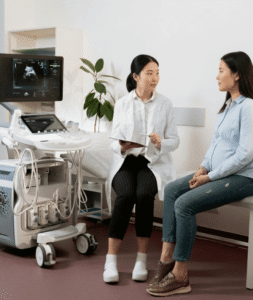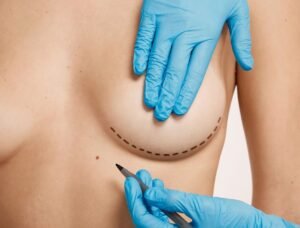What It Is
Knee liposuction is a cosmetic procedure that targets stubborn fat deposits around the inner and outer knees. These localized fat pockets are often resistant to diet and exercise, creating a bulky or disproportionate appearance in the legs.
By carefully removing excess fat, knee liposuction enhances the shape and contour of the legs, helping them appear slimmer, longer, and more balanced with the thighs and calves. The procedure is commonly performed alongside thigh or calf liposuction for comprehensive lower-body contouring.
Why It’s Done
Patients typically seek knee liposuction because:
- The knees appear thick or undefined despite overall slimness.
- Fat accumulation around the knees makes the legs look shorter or less toned.
- Clothing such as skirts, shorts, and fitted pants highlights knee bulges.
- They want more symmetry and proportional leg shape for confidence in appearance.
Good candidates include:
- Individuals with localized knee fat and good skin elasticity.
- Patients close to their ideal body weight who still struggle with fat around the knees.
- Men and women who desire slimmer, more youthful-looking legs.
Alternatives
- Non-surgical treatments: Cryolipolysis (fat freezing) or injection lipolysis can reduce very small fat deposits but results are limited.
- Lifestyle changes: Exercise may tone the quadriceps and calves but cannot specifically eliminate knee fat.
- Other surgical options: If skin laxity is present, liposuction may be combined with a thigh lift for smoother results.
Preparation
To prepare for knee liposuction in Korea, patients will:
- Have a consultation to assess fat distribution and leg proportions.
- Undergo medical screening (blood tests, general health check).
- Avoid smoking and alcohol for several weeks prior.
- Discontinue blood-thinning medications or supplements.
- Arrange for comfortable clothing and support during the early recovery period.
How It’s Done
- Anesthesia: Local anesthesia with sedation or general anesthesia may be used depending on patient comfort and extent of treatment.
- Incisions: Small incisions (less than 1 cm) are typically placed in natural creases behind the knee or at the side, making them barely visible.
- Tumescent infiltration: A solution is injected to numb the area, minimize bleeding, and loosen fat.
- Fat removal: A thin cannula is inserted to suction out fat, contouring the knee for a more sculpted shape. Advanced methods like VASER (ultrasound-assisted liposuction) are often used in Korea for precision and smoother results.
- Duration: Usually 1–2 hours, often as an outpatient procedure.
Recovery
- First few days: Swelling, bruising, and soreness around the knees. Walking is encouraged but strenuous activity should be avoided.
- Compression garment: Worn for several weeks to reduce swelling and support healing.
- Return to work: Most patients resume light activities within 3–5 days.
- Exercise: Gentle walking is encouraged early, but vigorous exercise should wait 3–4 weeks.
- Final results: Visible improvements start after swelling subsides (2–4 weeks), with final contour seen after 3–6 months.
Possible Complications
- Temporary swelling, bruising, or numbness around the knees.
- Minor contour irregularities or asymmetry.
- Rare risks: infection, blood clots, or excessive scarring.
- In cases of poor skin elasticity, mild skin laxity may remain after fat removal.
Treatment Options in Korea
Diagnosis
Korean clinics evaluate knee fat distribution, skin elasticity, and leg proportions through physical examination. Some clinics also use 3D imaging to simulate post-procedure results and create a customized treatment plan.
Medical Treatments
For patients with minimal fat deposits, non-surgical fat reduction methods like cryolipolysis, injection lipolysis, or radiofrequency therapy may be recommended.
Surgical or Advanced Therapies
- Standard liposuction for precise fat removal.
- VASER or laser-assisted liposuction for improved contouring and skin tightening.
- Combination with thigh or calf liposuction if the patient desires a more comprehensive reshaping of the legs.
Rehabilitation and Support
- Regular follow-ups to monitor swelling and healing.
- Access to lymphatic drainage massage and physiotherapy if needed.
- Scar management treatments to minimize incision marks.
- Post-op care coordinators often provide detailed recovery guidance, especially for international patients

